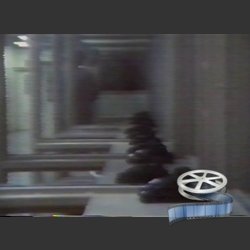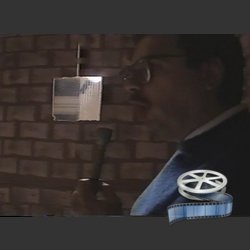Committee to End the Marion Lockdown
Featured Content
The Committee to End the Marion Lockdown (CEML) was a movement organization that opposed control unit prisons in particular, and racism and oppression in general. It was founded in 1985 and came to a close in 2000. Over the course of those 15 years, CEML led and organized hundreds of educational programs and demonstrations in many parts of the country and tried to build a national movement against “end-of-the-line” prisons. Along the way the Committee wrote thousands of pages of educational and agitational literature and pioneered new ways of analyzing and fighting against this national quagmire that morphed into the proliferation of the “prison industrial complex.”
Collection includes: Publications on their efforts to shut down the Marion Prison control unit, prevent the opening of USP Florence, CO; protests against toxic water at Crab Orchard Lake; efforts to improve conditions for inmates; efforts to stop the proliferation of Control Units in general; and further human rights and social justice in the US prison system.
Documents
 Cold Storage: Super-Maximum Confinement in Indiana
Cold Storage: Super-Maximum Confinement in Indiana
 Reprot on the Emergency Response Activated Around Marion by the National Campaign to Stop Control Unit Prisons
Reprot on the Emergency Response Activated Around Marion by the National Campaign to Stop Control Unit Prisons
 Report fcor CEML and National on Emergency Response Network Regarding Hunger Strike at Wabash Valley Prison, Indiana
Report fcor CEML and National on Emergency Response Network Regarding Hunger Strike at Wabash Valley Prison, Indiana
 Cover Letter and Report for May 4, 1996 Demonstration
Cover Letter and Report for May 4, 1996 Demonstration
 Super Max Appropriation
Super Max Appropriation
 Campaign to Stop the Illinois Supermax Prison: A Response to Governor Edgar's Illinois Task Force on Crime and Corrections
Campaign to Stop the Illinois Supermax Prison: A Response to Governor Edgar's Illinois Task Force on Crime and Corrections
 Report on Visit to the Marion Federal Penitentiary
Report on Visit to the Marion Federal Penitentiary
 Marion Prison: Progressive Correction or Legalized Torutre?
Marion Prison: Progressive Correction or Legalized Torutre?
 US EPA Proposes Cleanup Action
US EPA Proposes Cleanup Action
 Marion Report
Marion Report

 History of Marion Prison
History of Marion Prison
 Model Control Unit Cell (CEML 1987)
Model Control Unit Cell (CEML 1987)
 Jose Lopez speaks at CEML Conference
Jose Lopez speaks at CEML Conference
